During the calibration process, that is, the process of adjusting and verifying the accuracy of a measuring instrument such as stationary gas detectors, we may find ourselves in the condition of having to apply the conversion coefficient. Let’s see together what it is and how it works.
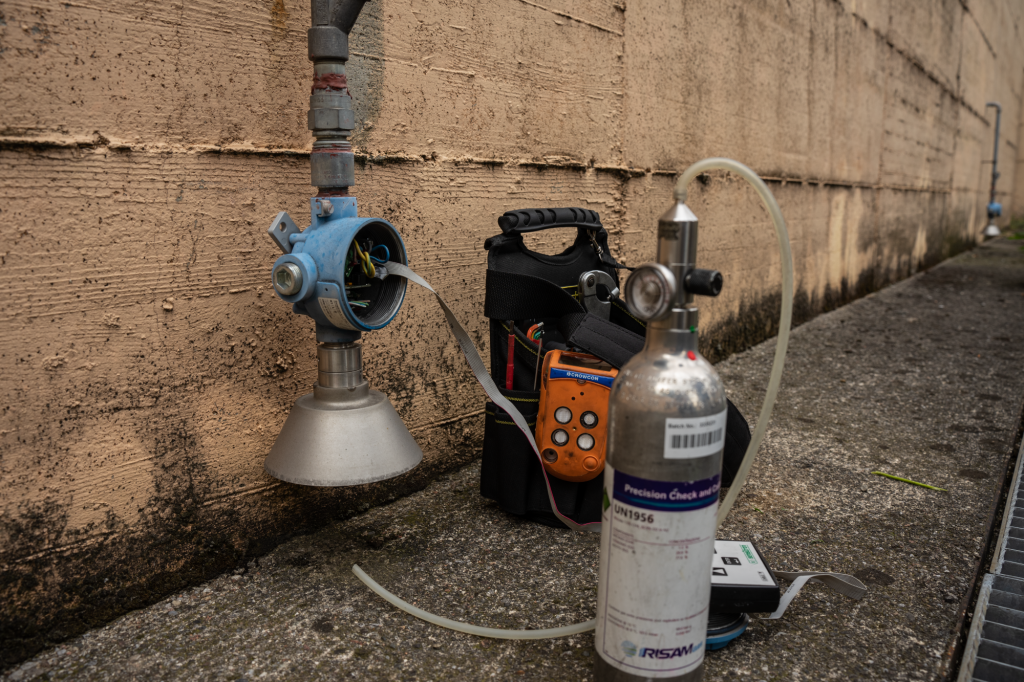
Conversion coefficient: what is it
The conversion coefficient in gas detectors is a parameter used to convert the sensor reading from one reference gas to another gas. Each gas detector is calibrated to detect a specific gas and The conversion coefficient indicates the proportion saved within the detector itself, which is necessary to make a correct calibration of the SPAN. Along with each detector we sell, we provide a test certificate inside which the value of the conversion coefficient can be read.
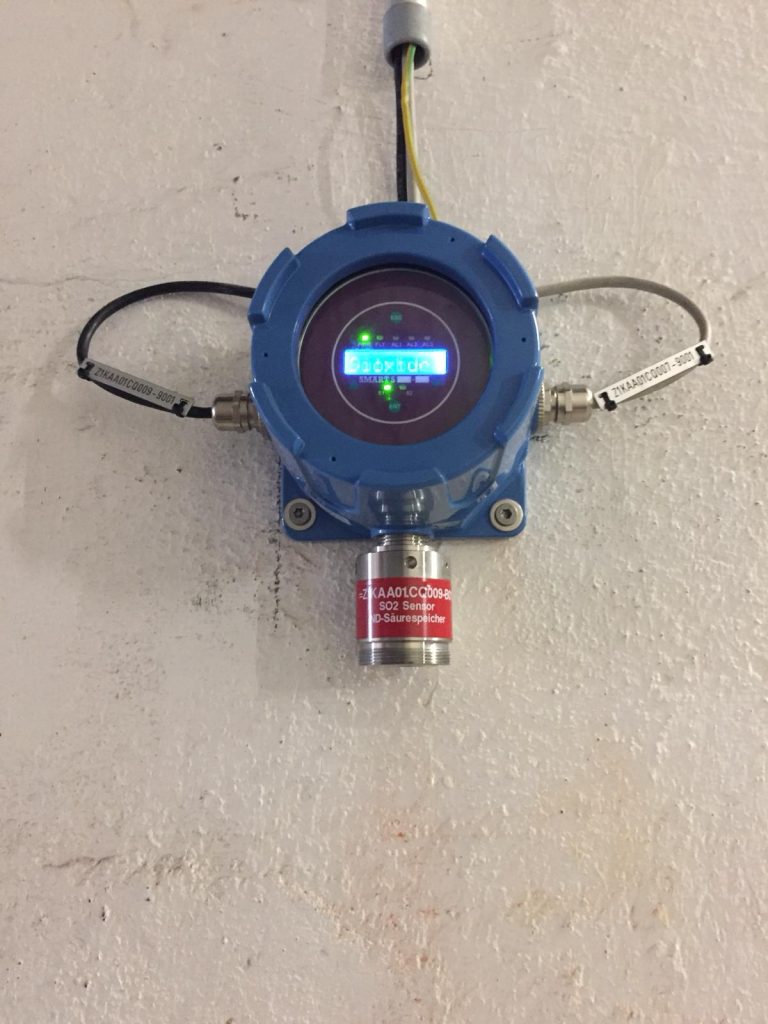
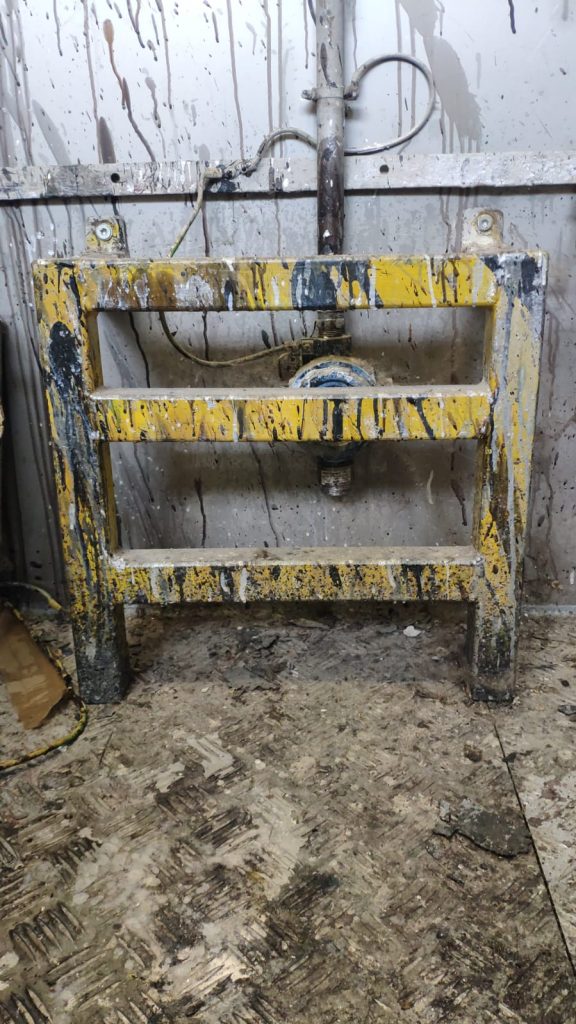
Conversion coefficient: When do you use it?
The conversion coefficient is very important during the SPAN calibration process, where in addition to the L.E.L. percentage of the cylinder being used for calibration, you will also be asked to select whether or not you are using the detector’s target gas. If you select no, the detector will automatically use the conversion coefficient (stored in the device) and perform the conversion between the gas administered and the gas for which it is to work. The final calibration value must correspond to the %L.E.L. of the cylinder divided by the conversion factor. Let’s take an example:
Target gas: LPG
Conversion factor: 0.65
Cylinder: Methane, %L.E.L 34%
Mathematical formula: 34 (%L.E.L. of the cylinder) divided by 0.65 (target gas conversion coefficient) = 52
If after completing the SPAN calibration process, the value obtained is 52, it means that the detector is correctly calibrated.
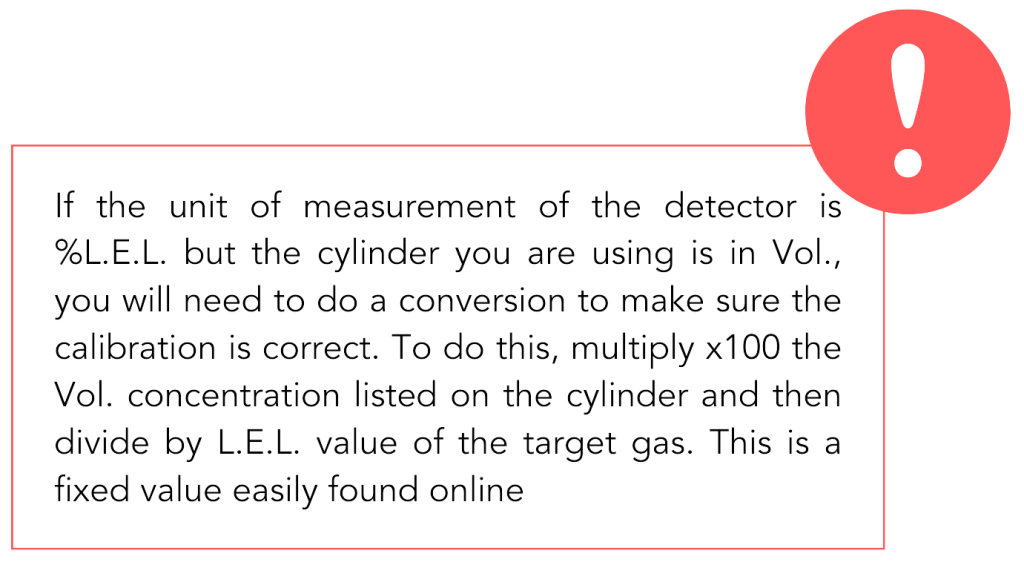
Entrust the calibration and periodic maintenance of your gas detection systems to Sensitron
Our gas detection systems have different maintenance requirements depending on the gases detected and the applications in which they are placed. Scheduled maintenance ensures the efficiency of gas detection systems resulting in the safety of workers and environments.
Entrusting periodic maintenance to our team means extending the life cycle of the instruments with an impact on both operating costs and the environment.
Discover our produtcs
Sensitron gas detectors are suitable for use in any application:
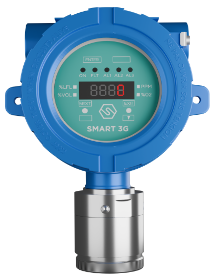
SMART 3G D2
Suitable for detecting the presence of flammable substances, toxic gases, refrigerants and oxygen in classified areas.ATEX, IECEx and SIL2/3 certified
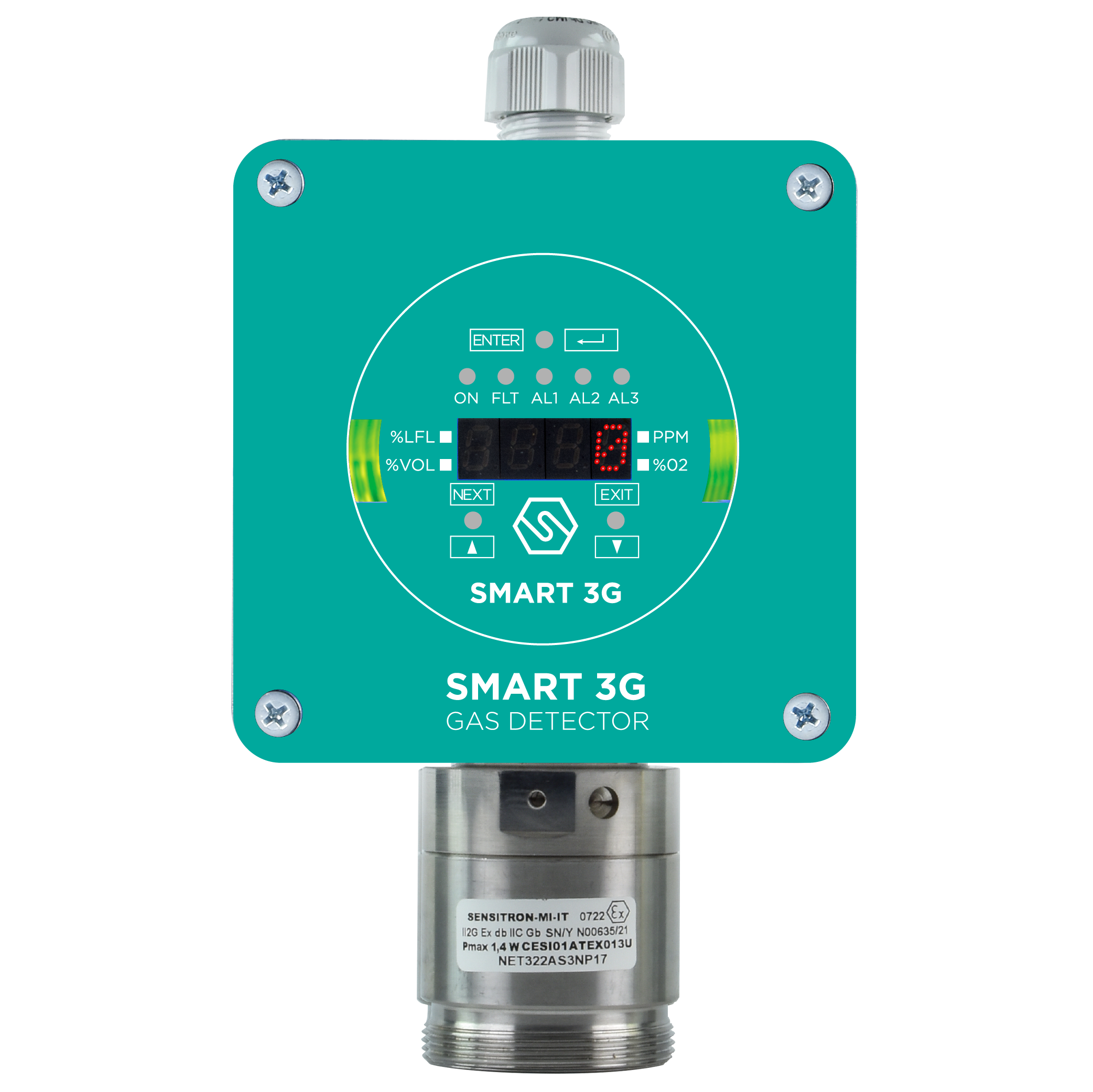
SMART 3G D3
Suitable for detecting in classified areas,ATEX, IECEx and SIL2/3 certified, enables non-intrusive field calibration.
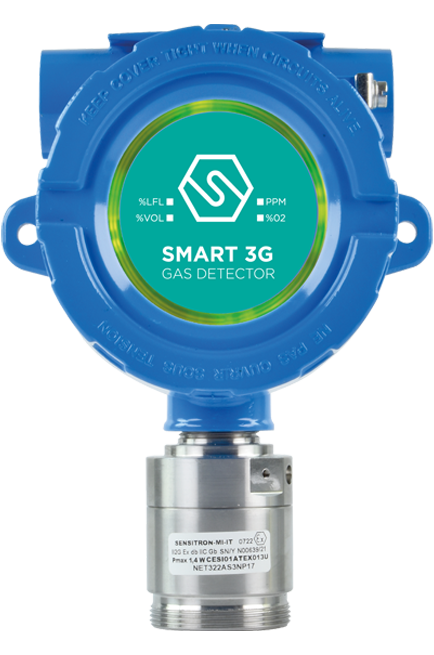
SMART 3G C2
Suitable for detecting, in classified areas, the presence of flammable substances (% LFL), toxic gases in ppm, refrigerant gases or for the detection of oxygen deficiency or excess.
Our certifications
Within hazardous environments where strict safety standards must be met, it is important to use products that are certified and in line with regulations. Learn about our certifications:
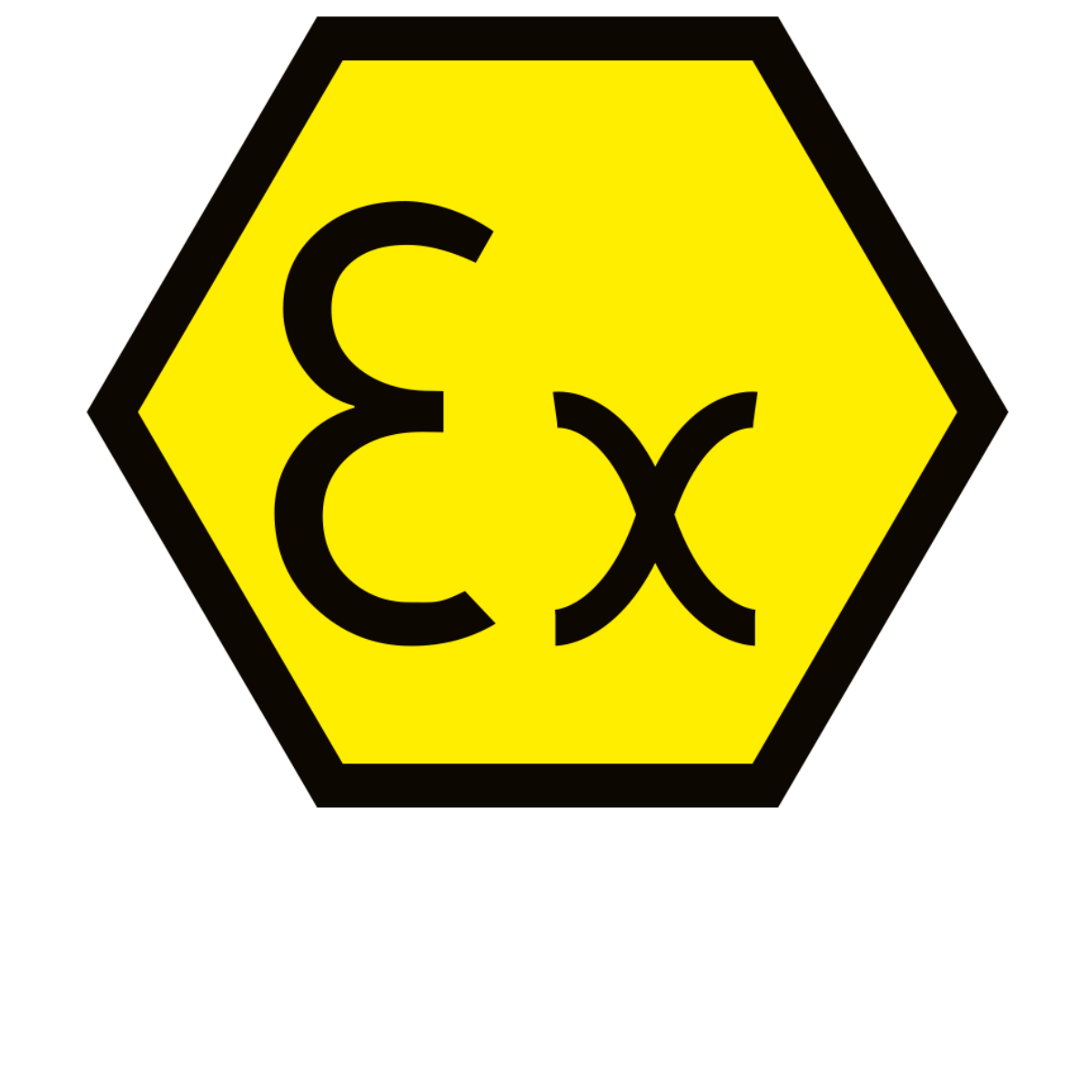
ATEX
The Directive sets out the requirements and assessment of equipment intended for use in potentially explosive atmospheres.
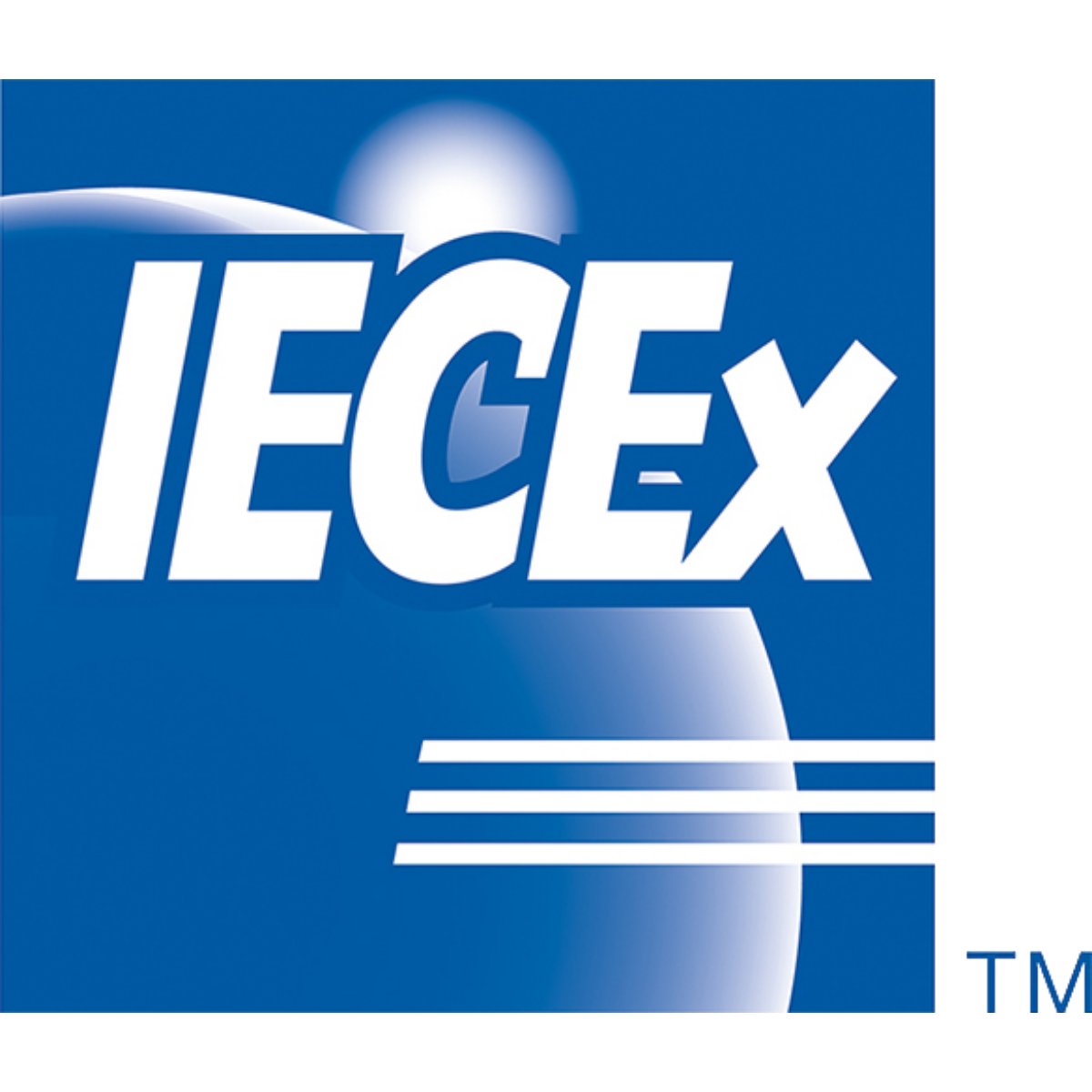
IECEx
The IECEx system is an international certification system. It is developed by the International Electrotechnical Commission.
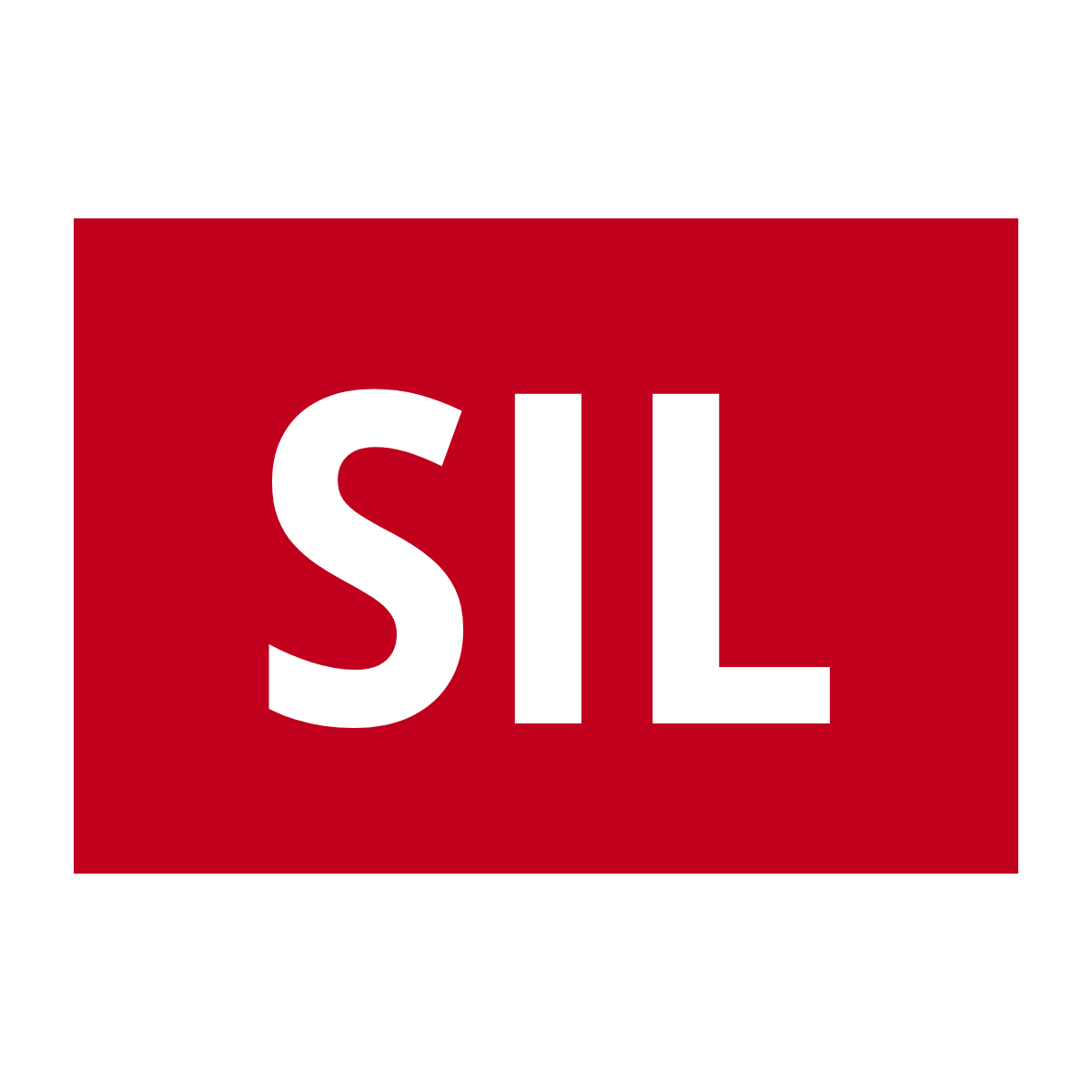
SIL
The Safety Integrity Level (SIL) is the ability to reduce the assessed risk by ensuring the reliability of safety systems.

